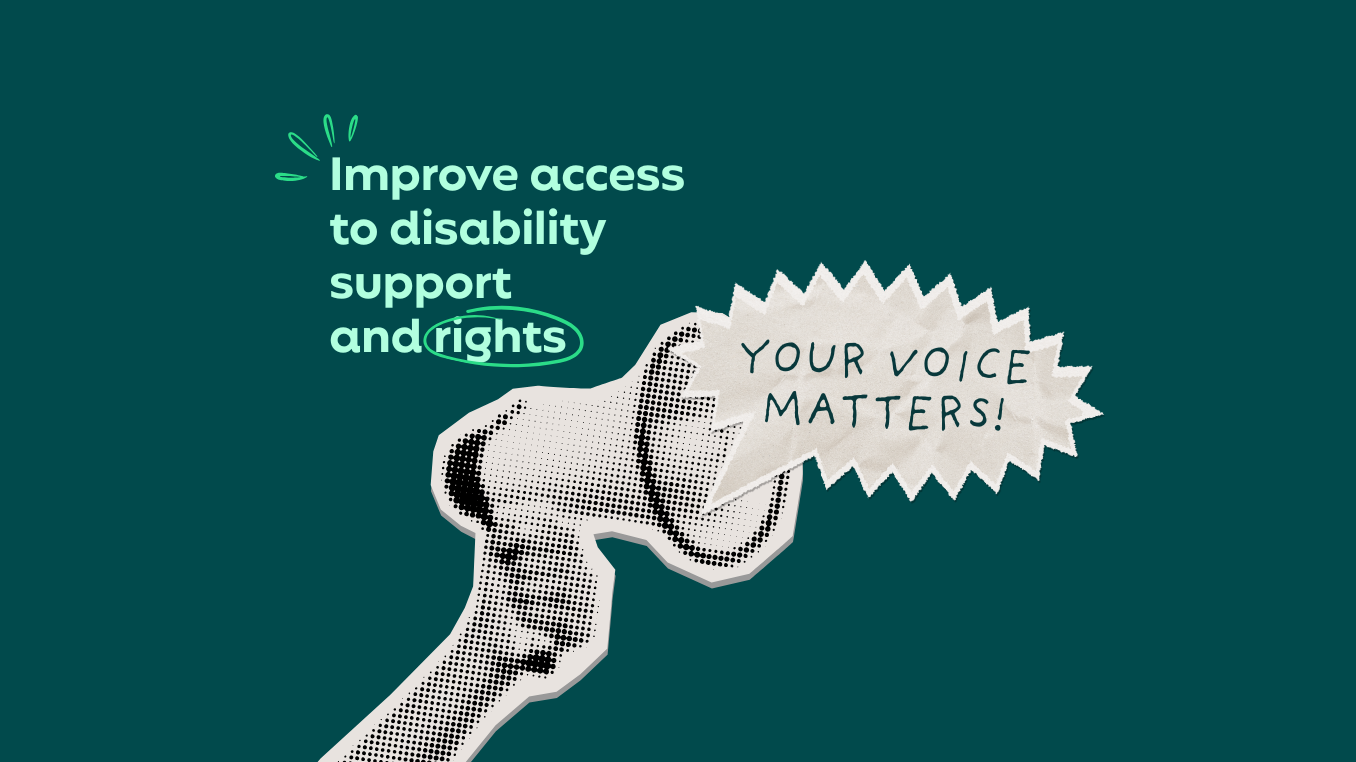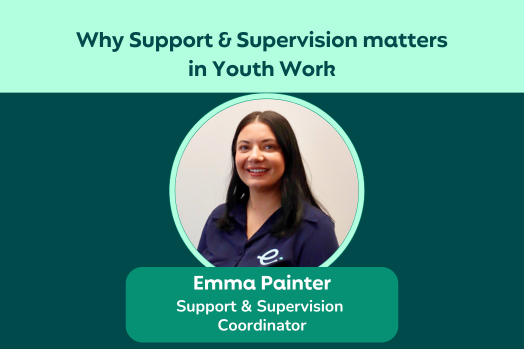How can breathing techniques help with stress and anxiety
Top tips and breathing techniques to reduce stress
Do you ever feel overwhelmed and anxious? There are a lot of situations in life that cause stress, but learning how to reduce anxiety using breathing techniques can be an effective tool for managing your stress.
Modern-day life has become so busy that it’s having a profound impact on our physical and mental health. The pressures from work, family commitments and other issues are all causes of stress. As a result, many people struggle with heightened levels of anxiety and stress.
Although it is not possible to completely eradicate stress from your life, it is possible to lessen its effects through strategic breathing exercises. Breathing techniques require no special equipment, can be done anywhere you can find a comfortable position and are easy for almost anyone to master with a bit of practice.
In this article, we look at some simple relaxation techniques can help you reduce feelings of anxiety and learn how to manage stressful situations.
Diaphragmatic breathing (AKA Belly Breathing)
Diaphragmatic breathing is a simple and effective way to reduce stress and anxiety. It involves consciously engaging the diaphragm, a dome-shaped muscle located under the lungs that is the most efficient muscle of breathing. This type of breathing can be done anywhere and at any time, making it an ideal exercise for those who are looking to reduce their stress levels in a short amount of time.
To practice diaphragmatic breathing, start by lying down on your back with your hands resting on your stomach. Take a deep breath in through your nose, allowing your stomach to expand as you inhale. As you exhale slowly through your mouth, allow your stomach to contract. Repeat this process for several minutes until you feel relaxed and calm.
Diaphragmatic breathing can also be done while sitting or standing; simply focus on taking slow breaths in through the nose and out through the mouth while keeping your abdomen relaxed.
Equal breathing
Equal breathing is a form of pranayama yoga that involves inhaling and exhaling for the same amount of time. This type of breathing can be practiced in either a sitting or lying-down position, as long as you are comfortable. To begin, it is important to take several breaths and pay attention to your natural breathing pattern. Then, slowly count 1-2-3-4 as you inhale through your nose. As you do this, focus on the sensation of air entering your body and filling your lungs.
Once you have completed the inhalation phase, hold your breath for a few seconds before counting 1-2-3-4 again as you exhale through your nose. As you do this, focus on the sensation of air leaving your body and emptying out from your lungs. With practice, equal breathing can help reduce stress levels and improve overall wellbeing by calming the mind and body. It can also help increase oxygen intake which can lead to improved physical performance during exercise or other activities.
4-7-8 breathing
The 4-7-8 breathing exercise is a simple yet powerful technique that can help to reduce stress and anxiety. It is also known as the “relaxing breath” because it helps to calm the nervous system. To perform this exercise, it is best to start by sitting with your back straight. Once you become more familiar with the exercise, you can do it while lying in bed. During the exercise, keep the tip of your tongue against the ridge of tissue behind your upper front teeth for the duration of the exercise. Begin by completely exhaling through your mouth with a “whoosh” sound, then inhale quietly through your nose to a mental count of four. After holding your breath for seven seconds, slowly exhale through your mouth again making a whooshing sound for eight seconds. This cycle should be repeated three times or until you feel relaxed and at ease.
Alternate-Nostril breathing
Alternate-nostril breathing is a powerful technique for relieving anxiety and calming the mind. It involves blocking off one nostril at a time as you breathe through the other, alternating between nostrils in a regular pattern. To practice this type of breathing, it is best to sit in an upright position with your eyes closed or softly gazing downward. Begin by inhaling and exhaling deeply before using your right hand to close off your right nostril with your thumb. This hand position is known as Vishnu mudrain yoga.
Once you have blocked off one nostril, inhale slowly and deeply through the open nostril before switching sides and exhaling through the opposite side. Repeat this process several times until you feel relaxed and centred.
Creating a routine
Creating a routine for relaxation is essential to managing stress and improving overall wellbeing. It can be helpful to start by exploring different breathing techniques and finding the one that works best for you. Once you have identified the technique that resonates with you make sure to choose a comfortable spot where you won’t be disturbed or distracted. It may also be beneficial to set aside some time each day dedicated solely to relaxation so that it becomes part of your daily routine.
When practicing your chosen technique, it is important not to try too hard as this can cause tension and make it difficult to relax. Instead, focus on being present in the moment and allowing yourself to let go of any worries or anxieties that may arise. If at any point during your practice you find yourself struggling with concentration or feeling overwhelmed, take a few moments away from the exercise before returning back into it. With regular practice, breathing techniques can become an invaluable tool for managing stress and improving overall wellbeing.
Additional resources
If you are interested in learning more about breathing or learning different techniques there’s plenty of free resources available online or platforms that offer free trials. We've listed just a few below.
Edmen Community Staffing Solutions Blog
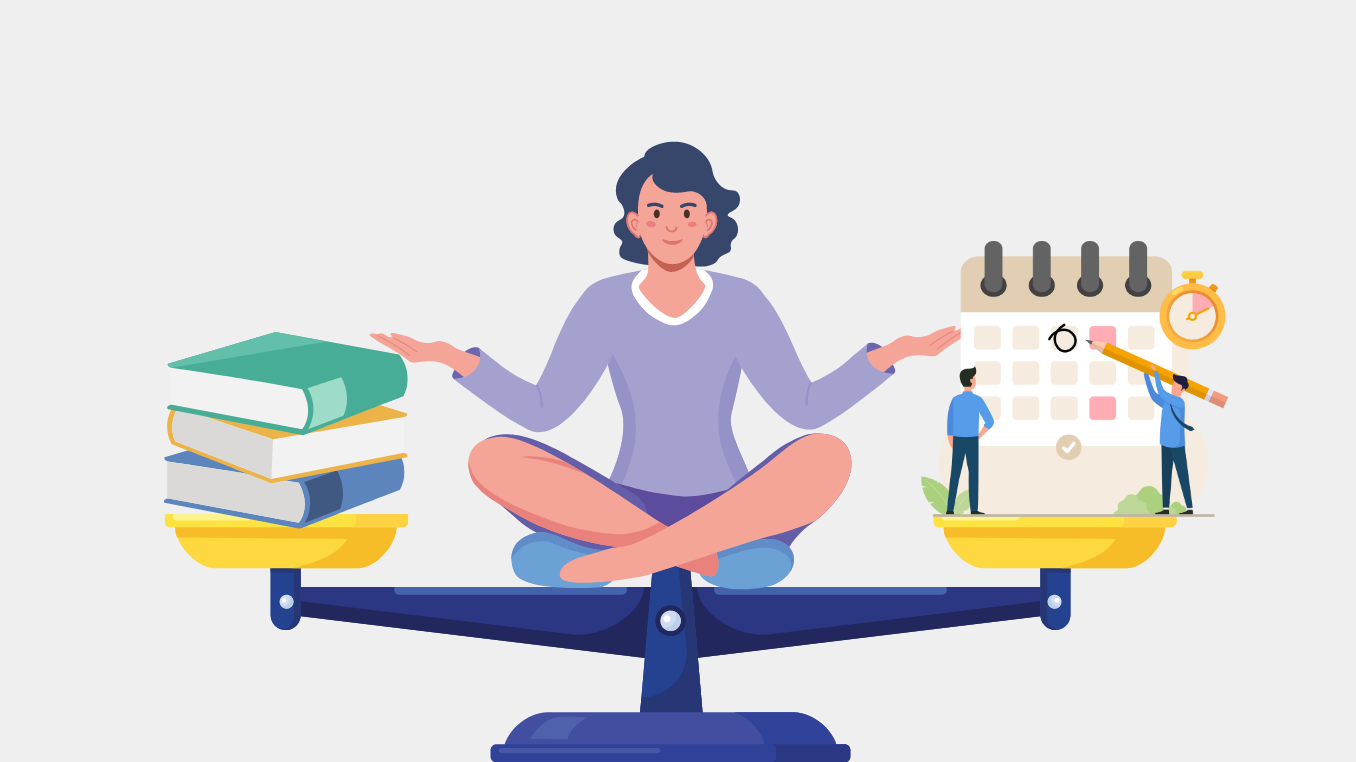


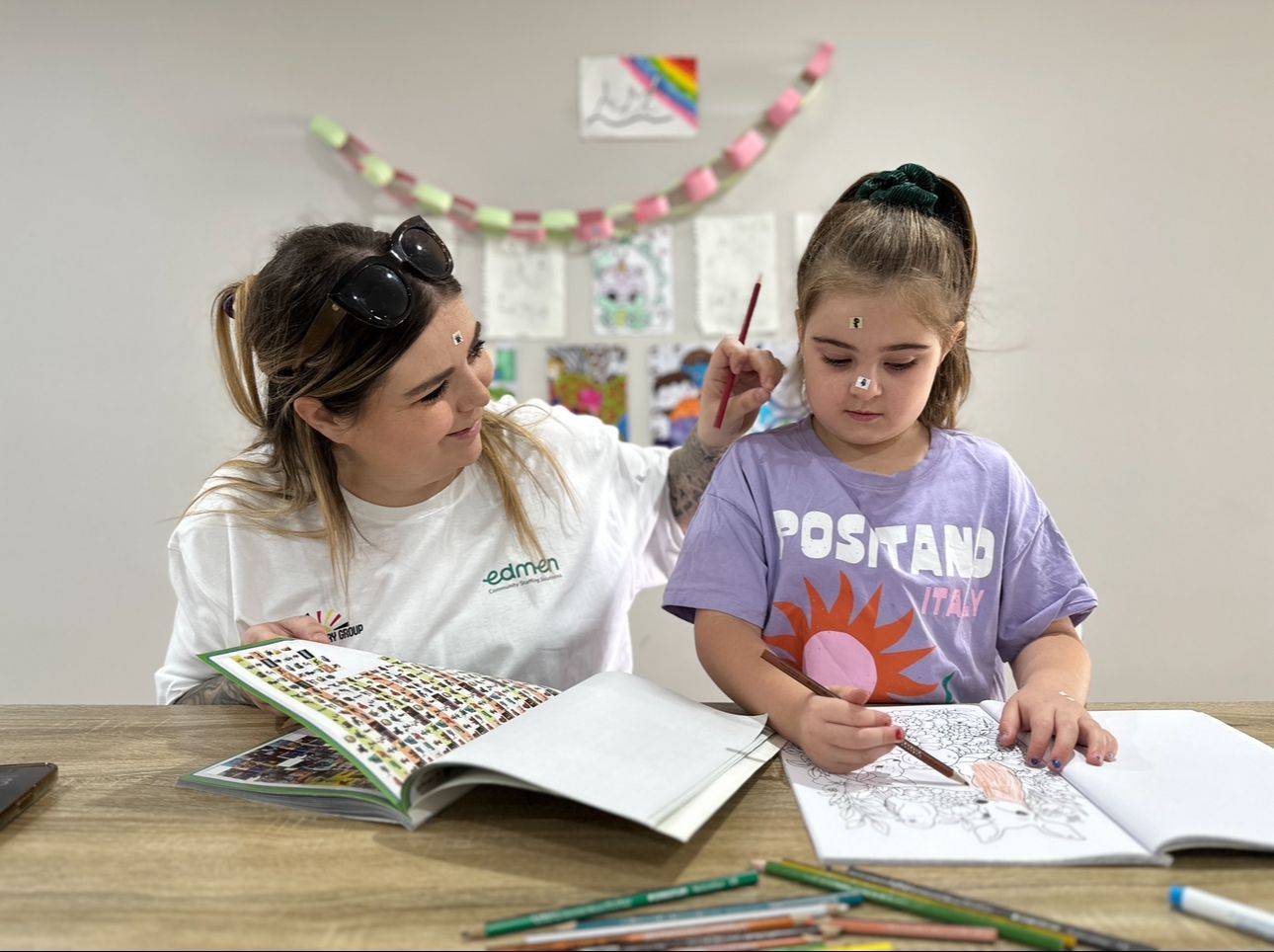


Edmen Community Staffing Solutions Blog


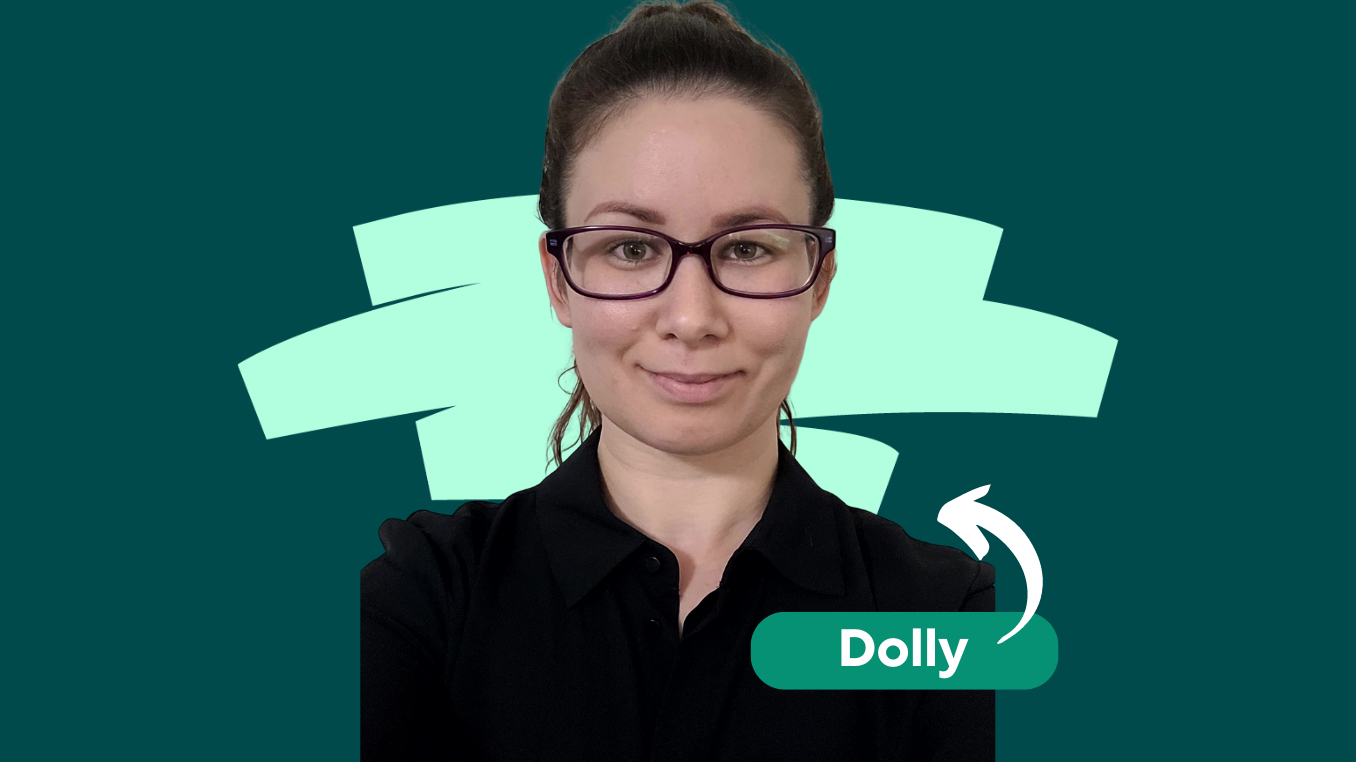


Edmen Community Staffing Solutions Blog







